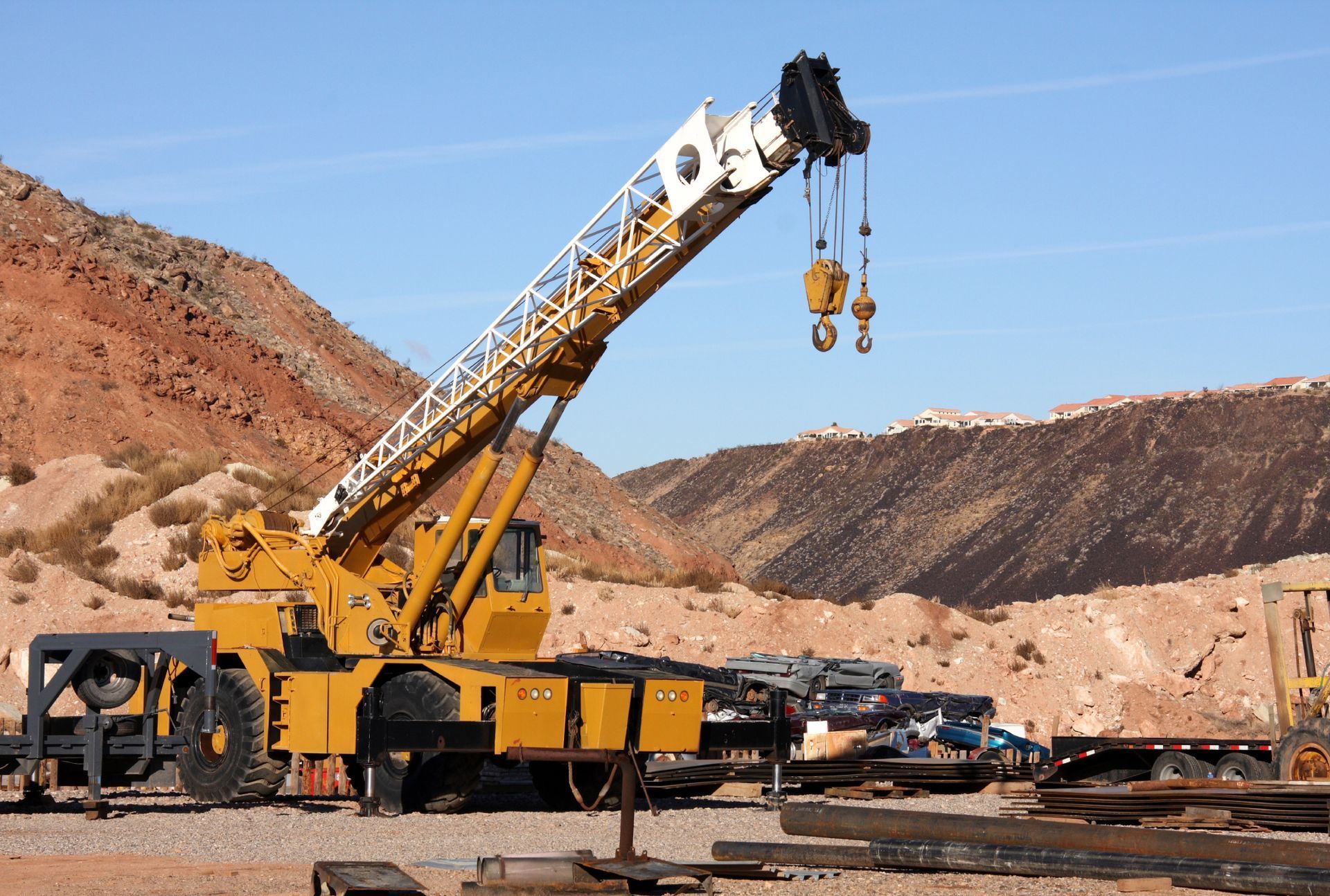Crane Operation Guide — All-Terrain Cranes
In the construction industry, all-terrain cranes are a vital piece of equipment designed to tackle a wide range of lifting tasks. These versatile cranes combine the mobility of a truck-mounted crane with the stability and off-road capabilities of a crawler crane. This unique combination makes all-terrain cranes an indispensable resource for construction projects in remote locations or on challenging terrain. In this crane operation guide, we will discuss the basic principles of operating an all-terrain crane, safety precautions, and maintenance best practices.

Choosing the Right All-Terrain Crane
Before you can begin operating an all-terrain crane, selecting the right equipment for your specific project is crucial. Consider factors such as the lifting capacity, reach, and mobility requirements of your job site. Additionally, you should assess the ground conditions and any potential obstacles to ensure that the selected crane can navigate and operate safely on site.
Understanding Crane Controls
The operation of an all-terrain crane requires a thorough understanding of the various crane controls. These include:
Swing Control: This control manages the crane's rotation around its vertical axis, allowing the operator to position the load as needed.
Boom Control: This control adjusts the boom's angle and extension to reach the desired height and distance.
Load Hoist Control:
This control raises and lowers the load by managing the winch and hook block.
Outrigger Control: This control extends and retracts the crane's outriggers, which provide stability during lifting operations.
Safety Precautions
- Conducting a thorough pre-operation inspection of the crane, paying particular attention to components such as brakes and hydraulic and electrical systems.
- Checking the load chart to ensure the crane is capable of handling the weight and reach required for the task.
- Adhering to a strict communication protocol between the operator and ground personnel, using standardised hand signals or two-way radios.
- Always wear the appropriate personal protective equipment (P.P.E.), such as a hard hat, safety glasses, and high-visibility clothing.
Maintenance & Inspection
Regular maintenance and inspection of
all-terrain cranes are essential to ensure the safety and efficiency of your lifting operations. This includes:
- Periodic inspections of the crane's structural components, such as the boom and outriggers, to detect any signs of wear or damage.
- Checking hydraulic and electrical systems for leaks or other issues that may affect performance.
- Lubricating all moving parts to minimise wear and friction.
- Following the manufacturer's recommended service intervals and replacing worn or damaged components as needed.
All-terrain cranes are an invaluable asset to any construction project, offering both flexibility and power. By selecting the right crane for your needs, understanding the controls, and following safety precautions and maintenance best practices, you can ensure efficient and safe operation.
If you’re in the Sunshine Coast area and require the services of a reliable and experienced all-terrain crane provider, look no further than AMAC Cranes. With a fleet of well-maintained cranes and a team of certified operators,
AMAC Cranes is committed to providing exceptional service and ensuring the success of your construction project.












